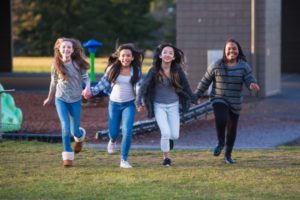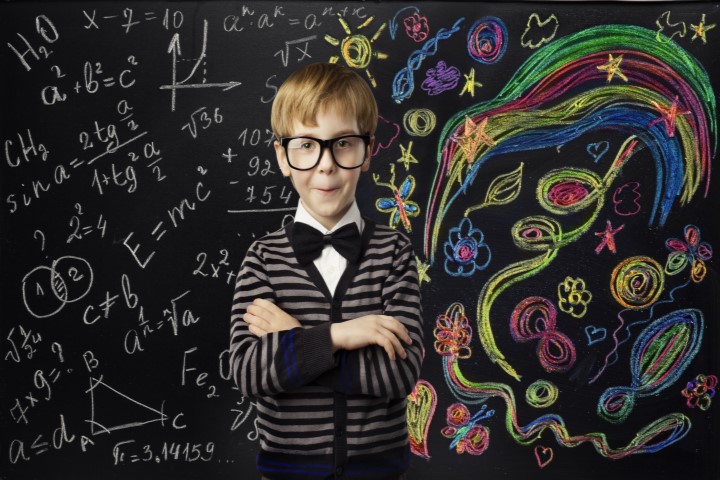The education technology company Newsela is offering suggestions for educators looking to incorporate social emotional learning into the classroom, using literacy instruction as template.


The education technology company Newsela is offering suggestions for teachers looking to incorporate social emotional learning into their classroom, using literacy instruction as a template.
“Traditional approaches to literacy instruction are bolstered by cross-curricular methods; the same holds true for social emotional learning (SEL) instruction,” Newsela’s Christina Pirzada wrote in a column for EdSurge. “Whether your school has adopted a SEL program or not, you can build SEL into literacy instruction.”
Pirzada suggested three tactics for weaving social emotional learning into everyday lessons.
Using narratives of trailblazers or pivotal moments in history, educators can “emphasize the journey” in lessons by focusing less on achievements and more on “the process, frustrations, state of mind, and points of learning along the way.”
“If you point out examples frequently, students can learn to model and practice resilient thought, words and actions in their own lives,” Pirzada wrote. “For example, when reading about the inventor Thomas Edison, you might highlight that he was fired from his first two jobs and made more than 1,000 attempts to create the light bulb.”
Helping students to understand how their brains work is worthwhile as well, according to Newsela.
“Teaching students about the workings of the brain is a great way to introduce SEL into science and literacy curriculum. Have them read an article about the biology of brain and impulse, and how during key development years the prefrontal cortex is still forming,” Pirzada wrote.
“Show them how stress and other emotions impact their brain development,” she added. “Teaching students what’s happening with their bodies is the first step to empowering them to take control of their behavior and their state of mind.”
Newsela also suggests educators “help students find their voice” and encourage them to engage their communities.
“History lessons are an ideal place for teachers to foster both student agency and voice – with literacy playing a key role. For example, you might start with a working definition of injustice. Then, to connect history to the present, read and discuss past events and time periods that were characterized by student activism,” Pirzada wrote.
“Although it may look different at different schools, research shows that activism is good for kids,” she contends. “Having opportunities to contribute to the world around them makes young people feel useful and valued, reinforcing SEL competencies such as motivation, goal setting and organizational skills.”
James Davison Hunter, founder of the Institute of Advanced Studies in Culture, wrote in “The Death of Character” about the important impact adults have on shaping students’ moral character, both in schools and their communities.
“(P)erhaps the most we can do is to create greater space in our social life (and not just in private life) for what remains of our wide-ranging and diverse moral communities to be renewed and to renew,” Hunter wrote. “(I)t is precisely these kinds of social worlds, defined by a clear and intelligible understanding of public and private good mediated consistently through integrated social networks of adult authority, that moral instruction has its most enduring effects on young people.”
The Character Formation Project is one place educators can find a narrative library of historical figures who embody the virtues of good character, a valuable resource for SEL conscious teachers working toward renewed moral communities.